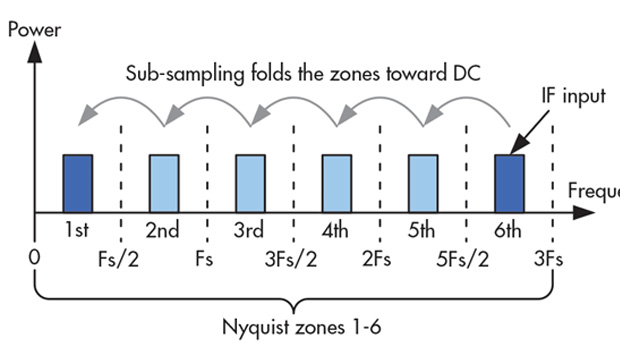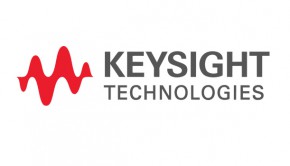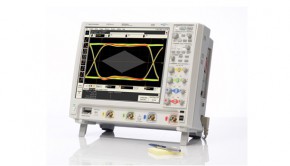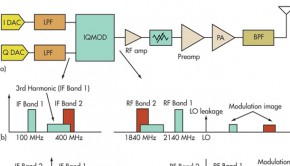ADCs Feel the Need for Speed
Digital radios no longer dwell on the periphery of consumer electronics—in fact, they’ve been in the mainstream for quite some time now. Fundamentally, these transceivers use high-speed analog-to-digital converters (ADCs) and digital-to-analog converters (DACs) to replace the traditional baseband mixer stage. This architecture has many advantages because baseband conversion is done in the digital domain, allowing for much tighter filtering and adjacent channel rejection. If the ADC’s input bandwidth is high enough, it’s possible to downconvert directly in the ADC by undersampling the IF frequency.
This is very common with digital receivers. However, preventing any energy from leaking into other zones requires a good-quality IF filter. Since this technique folds the energy in each zone back into the first Nyquist, there’s no way to discriminate the source. As a result, rogue energy appears in the first Nyquist zone, which degrades signal-to-noise ratio (SNR).
A similar reverse process can be implemented with high-performance DACs that contain a numerically controlled oscillator (NCO) and mixer. Along with interpolation, this process directly creates either the carrier or an IF signal that passes to a final upconverter stage. The signals remain in the digital domain much longer, which can improve SNR while simplifying the entire transceiver.
Full article by By Richard F. Zarr, Electronic Design
































































































































































